An old cell smartphone can be used as a GPS tracking device by presenting a tracking application on it. There are various tracking applications accessible, both free and paid. Some popular choices incorporate Google Find My Device, Life360, and Glympse. Pick an application that has the features you want and that is viable with your old phone.
Once you have picked a tracking application, download it and introduce it on your old phone. Follow the directions in the application to set it up. The application will ordinarily request that you make a record and give some fundamental data about yourself, for example, your name and email address. You will also have to give the application consent to get to your phone’s location services.
Once the application is set up, you can hide your old telephone in various spots, like a vehicle, a backpack, or a tote. Ensure that the phone is where it won’t be quickly seen or tampered with.
Presently, you can track the area of your old phone using the tracking application. You can do this from your PC or another cell phone. To track the area of your old phone, open the tracking application and sign into your record. The application will then, at that point, show you the current location of your old phone on a map.
You can also use the tracking application to set up alerts. For example, you can set up a caution to inform you as to whether your old phone leaves a specific region or if it moves excessively quickly.
Using an old cell phone as a GPS tracking device can be an extraordinary method for monitoring your things or friends and family. Simply make sure to follow the tips above to ensure that the smartphone device is secure and that the tracking application is working appropriately.
Evolution of Tracking Technology
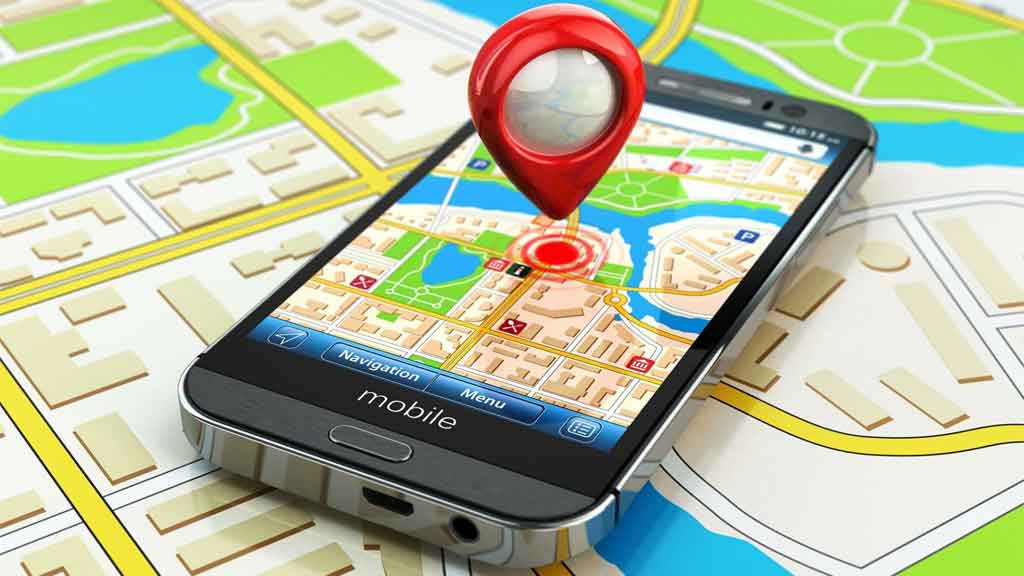
The evolution of GPS (Global Positioning System) tracking technology has been a fascinating journey that has revolutionized navigation, location-based administrations, and different industries. Here is an overview of the key milestones and advancements in the history of GPS tracking innovation:
1. Origins of GPS:
• GPS was created by the US Department of Defense and became functional during the 1970s. It was at first planned for military use, essentially for navigation and targeting.
2. Selective Accessibility (SA):
• In the early years, GPS had Selective Availability, which purposefully debased civilian signals, making them less precise. This changed on May 2, 2000, when the U.S. government switched off SA, allowing civilian clients to get additional exact GPS information.
3. GPS Receivers for Civilians:
• During the 1990s and mid-2000s, GPS receivers became more accessible to civilians. These handheld devices gave essential navigation and area data, prompting their adoption in exercises like hiking and boating.
4. Integration with Cell Phones:
• As cell phones evolved, many integrated GPS beneficiaries, empowering location-based services like planning, geotagging photographs, and turn-by-turn route.
5. GPS Tracking Devices for Vehicles:
• Fleet management and vehicle global positioning systems started involving GPS innovation in the late twentieth hundred years. This allowed organizations to monitor their vehicles’ areas, further develop productivity, and upgrade security.
6. Personal GPS Trackers:
Compact individual GPS trackers, frequently used for tracking kids, pets, and significant things, opened up. They are normally associated with cell phones for ongoing real-time location updates.
7. Wearable GPS Technology:
• Wearable devices like fitness trackers and smartwatches began incorporating GPS functionality to follow clients’ activity courses and calculate distances.
Advantages of Smartphone Tracking for Safety
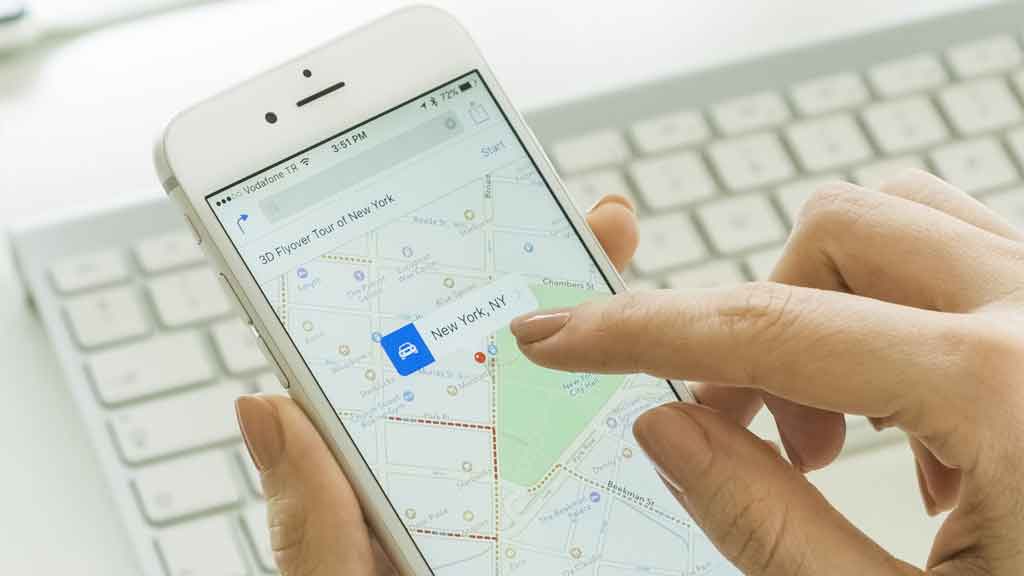
There are many advantages of phone tracking for safety. The following are some most common:
Child safety: Parents can use phone tracking to watch out for their children’s whereabouts, particularly when they are making the rounds. This can assist in ensuring that kids are protected and keep them from getting lost or abducted.
Older consideration: Phone tracking can also be used to watch out for old individuals who may be at risk of getting lost or injured. This can assist with guaranteeing that they are protected and provide peace of mind for their loved ones.
Pet security: Phone tracking can be used to track the area of pets, particularly if they are lost or have run away. This can assist with finding them rapidly and securely.
Vehicle tracking: Phone tracking can be used to follow the area of vehicles, which can be useful for fleet management or for recovering stolen vehicles.
Individual security: Phone tracking can also be used to follow your area for personal safety reasons. This can be useful if you are ever in a crisis or on the other hand if you are travelling to another spot.
Here are some points to consider while utilizing the smartphone tracking for security:
• The accuracy of the GPS device.
• The battery life of the GPS device.
• The security implications of tracking somebody without their assent.
• The legalities of tracking somebody in a specific area.
Enabling Built-in Phone Tracking Features
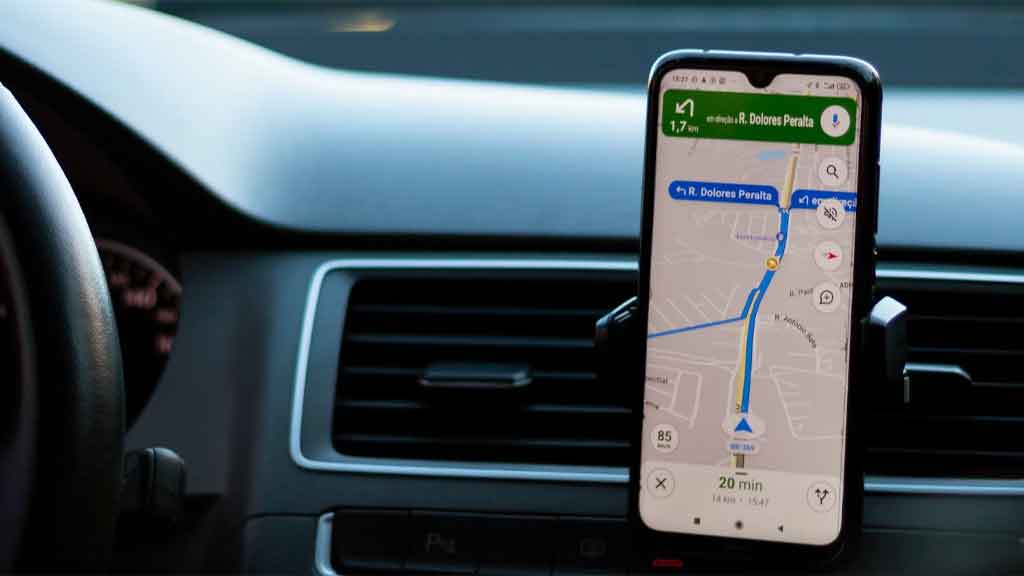
The built-in phone tracking features shift depending on the phone’s make and model. However, a few normal features include:
Find My Device: This feature is accessible on most Android phones and allows you to follow the area of your phone if it is lost or taken.
Find My iPhone: This feature is accessible on iPhones and allows you to follow the area of your iPhone if it is lost or taken.
Google Maps Timeline: This component allows you to see a foundation set apart by your area data, which can help track down your travel or find places you have been already.
Samsung See as My Versatile: This feature is available on Samsung phones and allows you to follow the area of your phone, remotely lock or open it, and erase its data.
To engage these features, you should go to the settings on your phone and find the feature you want to enable. You will then, need to make a record and sign into the feature. At the point when you have enabled the part, you can follow the region of your phone using a web program or another device.
It is important to take note that these features may use up your phone’s battery and information plan. You should also know about the privacy implications of tracking your phone’s area.
Here are a few extra ways to enable built-in smartphone tracking features:
• Ensure that you have a strong internet connection.
• Keep your phone’s battery charged.
• Know about the privacy implications of tracking your phone’s location.
• Just track individuals who have given you, their consent.
By following these tips, you can securely and capably empower the built-in phone tracking on your phone.
Step-by-Step Guide to Use an Android Phone as a GPS Tracker Device
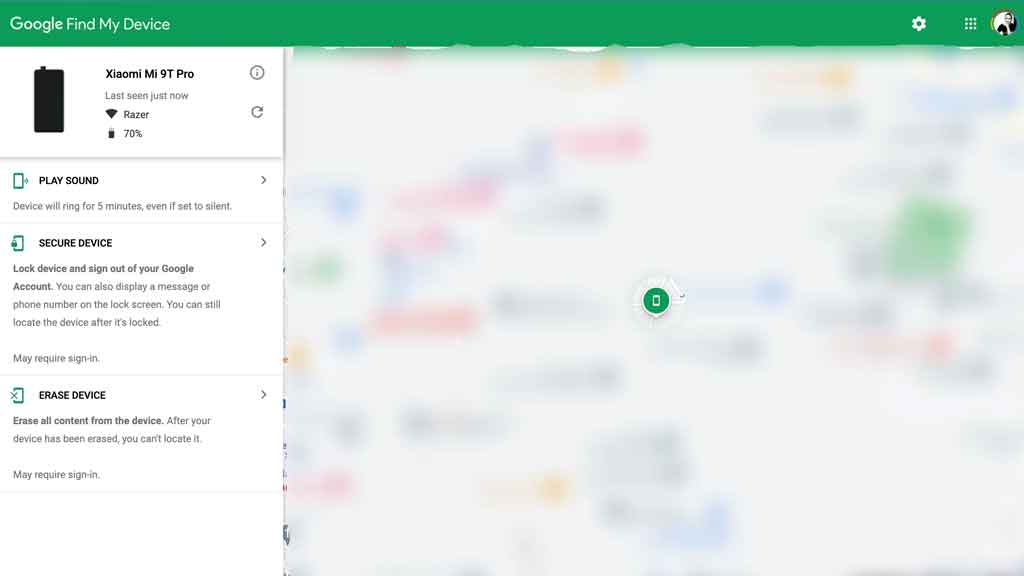
You can use an Android phone as a GPS device in various ways, either for individual or security purposes. This is the method for setting up an Android phone as a GPS tracker device:
Use Built-in Features (Google Find My Device)
Enable Location Services:
• Guarantee that the Android phone you want to use as a tracking device has location services (GPS) turned on. You can normally find this choice in the “Settings” application under “Area” or “Security and Location.”
Connect to Research Record:
• Ensure the telephone is endorsed with your Google account. You can look at this in the “Settings” application under “Accounts.”
Enable Find My Device:
• Open the “Settings” application on the phone.
• Scroll down and tap on “Security” or “Security and Location.”
• Tap on “Find My Device” or “Track down My phone.”
• Switch on “Find My Gadget.”
Location Sharing:
• Alternatively, you can set up location sharing to your Google account. Go to “Google” in the “Settings” application, then “Location” and “Google Location Sharing.” Offer your area with the Google account you’ll use to track the device.
Track the Telephone:
• For tracking the smartphone, visit the Google Find My Device site (https://www.google.com/android/find) on an internet browser or use the “Find My Device” application on one more Android device signed in with a similar Google account. You can remotely find, ring, or lock the device.
How to Use Your Old iPhone As Tracking Device
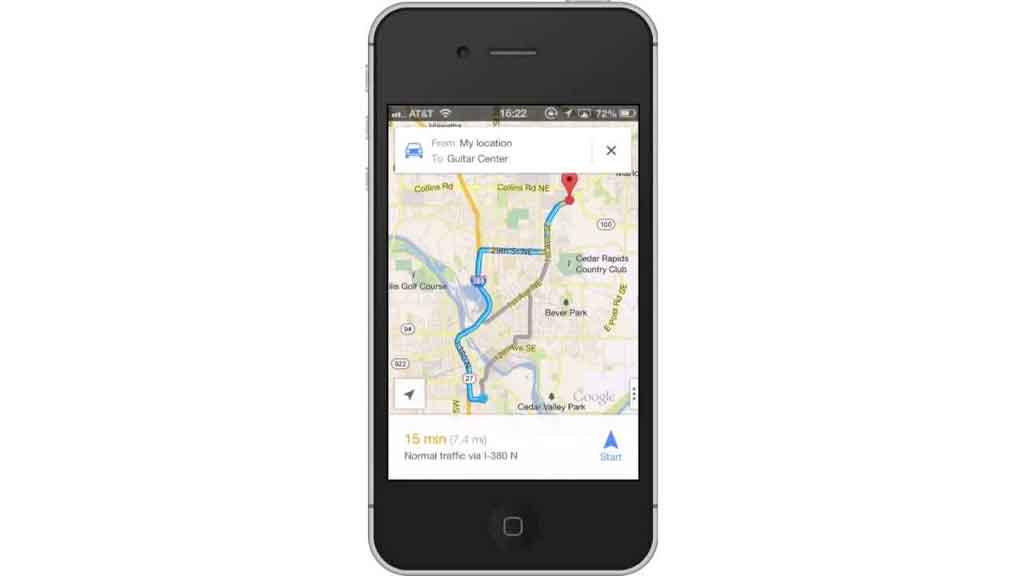
You can use an iPhone as a tracking device for different purposes, like finding a lost device, watching relatives, or checking the location of a device you own. This is the way to set up an iPhone as a tracking device:
Use Built-in Features (Find My iPhone or Find My)
Enable Location Services:
• Ensure the iPhone you need to use as a GPS device has area administration (GPS) turned on. You can ordinarily track down this choice in the “Settings” application under “Privacy” and afterward “Location Services.”
Sign in to iCloud:
• Ensure that the iPhone is signed in with your Apple ID and associated with iCloud. You can check this in the “Settings” application under your name at the highest point of the screen.
Enable Find My iPhone (or Find My):
• Open the “Settings” application on the iPhone.
• Look down and tap on “Find My” (or “Find My iPhone” on older iOS versions).
• Switch on “Track down My iPhone” (or “View as My” on more current iOS renditions).
• Ensure “Send Last Area” is also turned on; this element sends the device’s area to Apple when the battery is low.
Set Up Family Sharing (Optional):
• To follow relatives’ devices, you can set up Family Sharing in the “Settings” application under your Apple ID. This allows you to share your area and track the areas of relatives.
Track the Device:
• To follow the iPhone, you can use one more iOS device with a similar Apple ID and the “Find My” application. Then again, you can visit the iCloud site (www.icloud.com) and sign in with your Apple ID to utilize the Find My iPhone feature.
Alternatives to Using Smartphone as Tracking Device
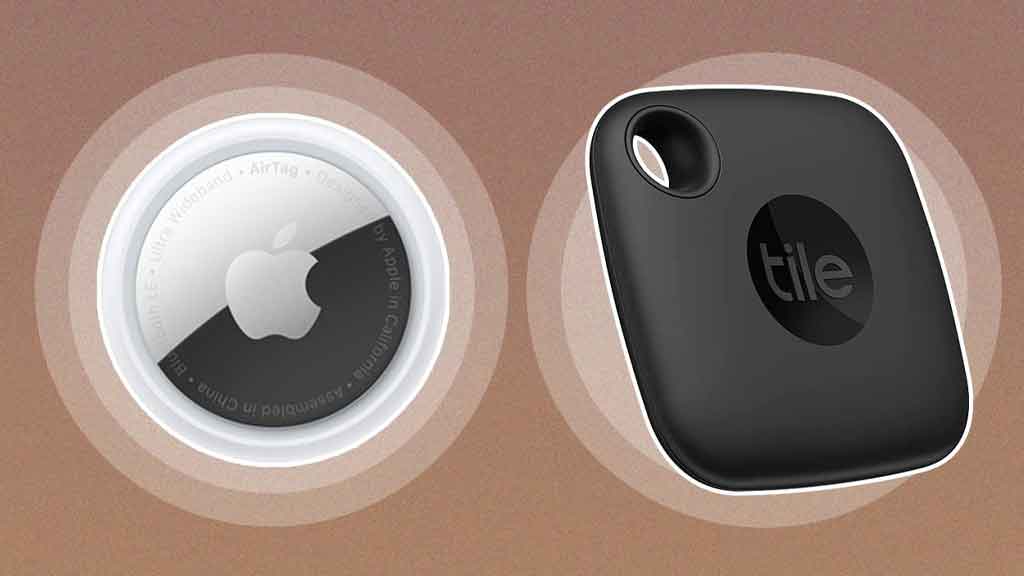
There are numerous options in contrast to using a phone as a tracking device. The following are a couple of the most widely recognized:
GPS tracking devices: These devices are explicitly intended for tracking and can be attached to various objects, like vehicles, pets, or even individuals. They commonly have a longer battery duration than phones and can be more accurate in tracking areas.
Tile trackers: These little, lightweight devices can be joined to keys, wallets, or different things that you need to monitor. They use Bluetooth to interface with your phone and can be tracked using a mobile application.
Wearable devices: These devices, for example, smartwatches and fitness trackers, can also be used to follow areas. They normally have an underlying GPS chip and can be associated with your phone using a mobile application.
Pet trackers: These devices are explicitly intended for tracking the location of pets. They commonly have a long battery duration and can be waterproof, making them ideal for tracking pets outside.
LoJack: This is a following help that uses cell organizations to track the area of vehicles. It is ordinarily used by law enforcement to track stolen vehicles, but it can also be used by people to follow their vehicles.
The best option for you will rely on your particular necessities and budget. If you want to track the area of a vehicle, a GPS tracking device or LoJack might be the most ideal choice. If you are tracking an individual or pet, a wearable device or Tile tracker might be a better choice.
It is critical to take note that these tracking devices have a few limitations. For example, GPS tracking devices can be impacted by weather patterns and may not be exact inside. Wearable devices and Tile trackers ordinarily have a shorter battery duration than GPS tracking devices. Furthermore, LoJack can be costly to buy into.
Different Methods to Track a Lost Phone
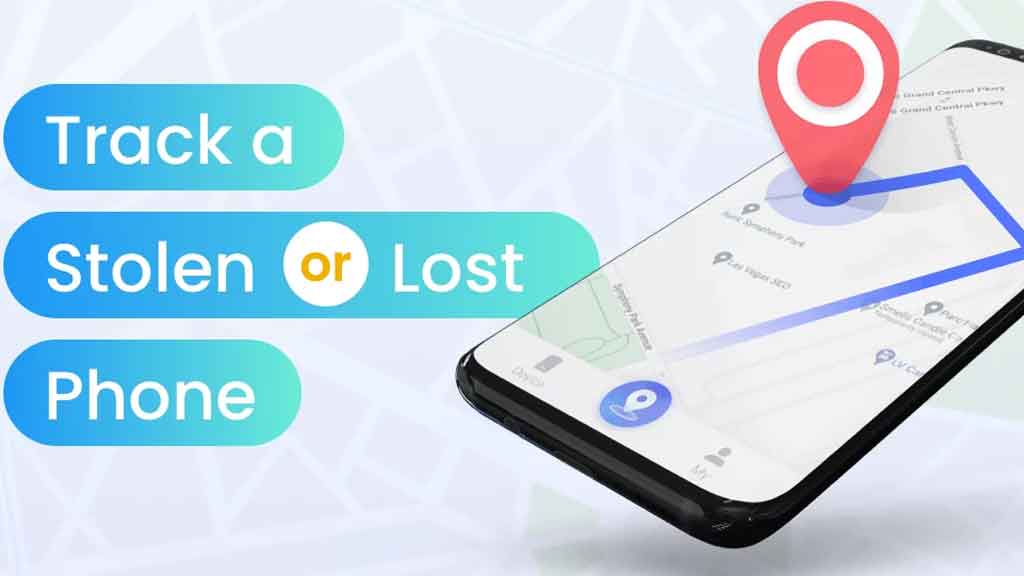
There are two or three different ways of tracking your lost or taken smartphone. Here are the most widely recognized techniques:
• Use your phone’s built-in tracking feature: Most phones have a hidden tracking component that permits you to follow the area of your phone. To use this part, you should sign into your phone’s record using a web program or another gadget. When you have endorsed it, you will need to see the area of your phone on a map.
• Use a third-party tracking application: There are some outsider tracking applications available that can be used to follow your phone. These applications ordinarily work by using GPS to track the area of your telephone. To use an outsider tracking application, you should download and present the application on your phone.
• Contact your carrier: Your transporter could have the choice to help you with following your lost or stolen phone. They could have the choice to use the phone’s IMEI number to follow the area of the phone.
• File a police report: If your phone has been taken, you should record a police report. The police might have the option to assist you with finding the phone and recovering it.
Here are a few more ways to track your lost or stolen phone:
• Ensure that you have enabled your phone’s tracking feature.
• Keep your phone’s battery charged.
• Know about the privacy implications of tracking your phone’s area.
• Just track people who have given you their assent.
How To Make Your Phone Impossible to Track
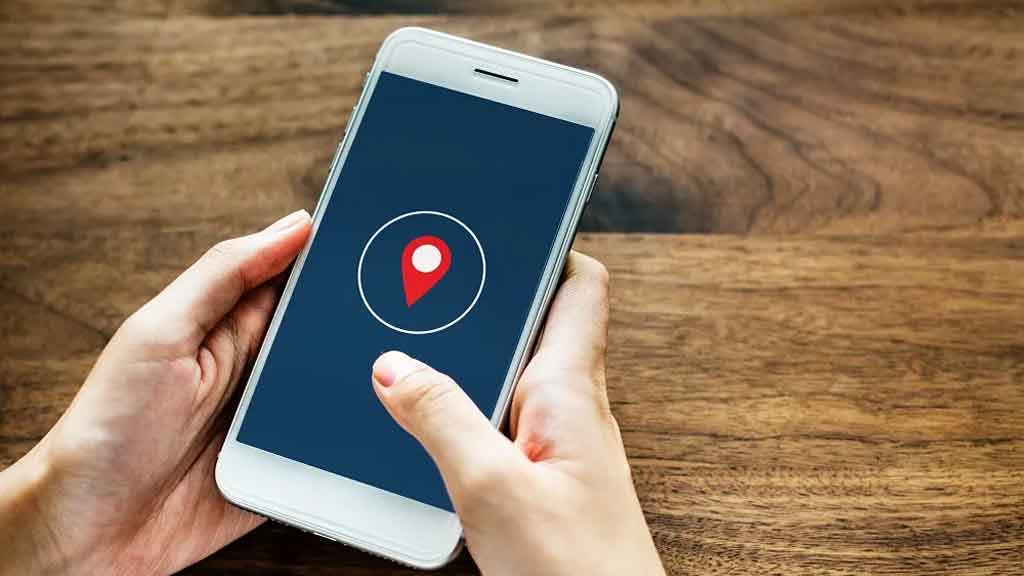
Defending your smartphone against tracking is pivotal for protecting your protection and individual data. Here are a few steps you can take to limit the risk of unauthorized tracking:
1. Review Application Permissions:
• Routinely survey and manage application permissions on your phone. Be wary about granting location access to applications except if it’s fundamental for their functionality.
2. Turn Off Location Services:
• Disable location services for applications that needn’t bother with your exact area. You can do this in your phone’s settings under “Security” or “Location Services.”
3. Use Location Services Specifically:
• While using applications that require location services, think about using them specifically. For example, use “While Using” rather than “Consistently” for area access whenever the situation allows.
4. Adjust Location Settings:
• On both Android and iOS, you can change location accuracy settings. Pick a lower accuracy level when high accuracy isn’t required.
5. Check Background Application Activity:
• Monitor which applications are effectively involving your area behind the scenes. On iOS, you can find this data in “Settings” > “Security” > “Location Services” > “Area Administrations” > “Individual Application Name.”
6. Turn Of Wi-Fi and Bluetooth When Not being used:
• Disabling Wi-Fi and Bluetooth when you’re not effectively using them can assist with decreasing the risk of tracking via these associations.
7. Use a VPN (Virtual Private Network):
• Consider using a respectable VPN service to encode your web association and hide your IP address, making it more difficult for trackers to screen your online exercises.
8. Regularly Update Your Phone:
• Keep your phone’s operating system and applications forward-thinking. Designers often release updates that fix security weaknesses.
9. Beware of Suspicious Applications:
• Just download applications from official application stores like the Apple Application Store or Google Play Store. Be careful of third-party application sources, as they might contain malicious tracking software.
10. Review Device Admin Permissions:
• Check which applications have device administrator authorizations on your phone. Revoke these permissions for applications that you don’t confide in or use routinely.
What Are the Legal Implications of Using Phones as Tracking Devices?
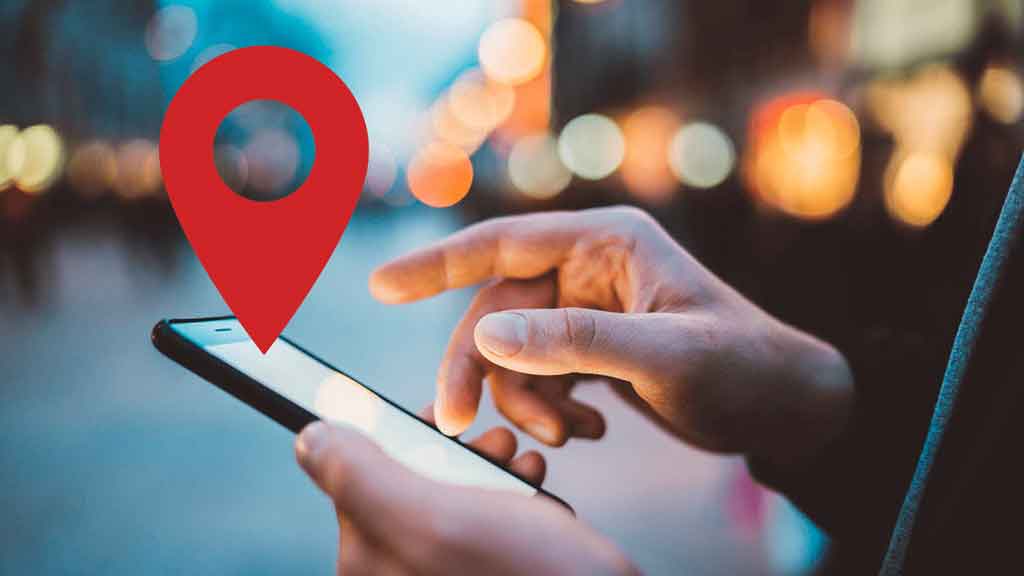
The lawful ramifications of involving a smartphone as a tracking device vary depending on the nation or state you are in. However, there are a few general rules that apply in many jurisdictions.
• Assent: In most cases, you want to have the assent of the individual you are tracking to do so lawfully. This assent can be expressed (e.g., the individual permits you to follow them) or inferred (e.g., the person realizes that you are tracking them and doesn’t object).
• Reasonableness: Regardless of whether you have the consent of the individual you are tracking; you actually should be sensible in how you track them. For example, you can’t follow somebody every minute of every day without their consent.
• Legitimate reason: You also need to have a legitimate reason for following somebody. This could incorporate tracking a youngster for their health, tracking a worker for business purposes, or following a vehicle for theft prevention.
• Privacy laws: You also should know about any protection regulations that might apply to your tracking activities. For example, in the European Association, the General Data Protection Regulation (GDPR) sets severe standards on how personal information can be gathered and used.
Smartphone Tracking Poses Ethical Challenges
Privacy concerns and ethical considerations are foremost when talking about tracking advancements, as they can encroach on people’s rights and affect society in different ways. Here are a portion of the primary privacy and ethical considerations related to tracking innovations:
1. Individual Privacy:
• The most crucial concern is individual privacy. Tracking advancements can gather and store individual data, including location information, which might be delicate. Unauthorized access to this information can disregard privacy rights.
2. Informed Consent:
• Ethical tracking practices require informed consent. People should know that their information is being gathered and have the decision to select in or quit tracking.
3. Purpose Limitation:
• Tracking should have a clear and real reason, and the gathered information should be used exclusively for that reason. Information should not be reused for different purposes without consent.
4. Data Minimization:
• Collecting just the base measure of information important to achieve the expected object is an ethical principle. Limiting information collection diminishes the risk of abuse or information breaks.
5. Data Security:
• Guaranteeing the security of collected information is vital. Privacy breaks can have severe consequences for people, and associations have a responsibility to safeguard information from unauthorized access.
6. Transparency:
• Transparency in tracking practices is fundamental. People should realize who is gathering their information, what information is being gathered, how it will be used, and the way how long it will be held.
7. Data Ownership and Control:
• People should have command over their information and the ability to get to, right, or erase it. They should also reserve the privilege to demand the cessation of information collection and following.
8. User Education:
• Educating users about tracking advancements, how they work, and how to protect their security is a moral obligation regarding associations that implement tracking systems.
9. Profiling and Discrimination:
• The use of tracking information for profiling people or gatherings can prompt discrimination. Ethical considerations request that profiling based on sensitive attributes like race, gender, or religion be kept away from.
10. Legal Compliance:
• Tracking advances should agree with appropriate regulations and regulations regarding information security and privacy, like the General Data Protection Regulation (GDPR) in Europe and the California Consumer Privacy Act (CCPA) in the US.
11. Secondary Use and Information Sharing:
• Organizations should be straightforward about whether they share tracking information with outsiders and for what purposes. Users should be given the choice to agree to such information sharing.
12. Government Surveillance:
• Government using tracking advances for surveillance purposes should stick to legal safeguards, checks, and balances to prevent abuses of power and protect civil liberties.
Future of Smartphone Tracking Technology
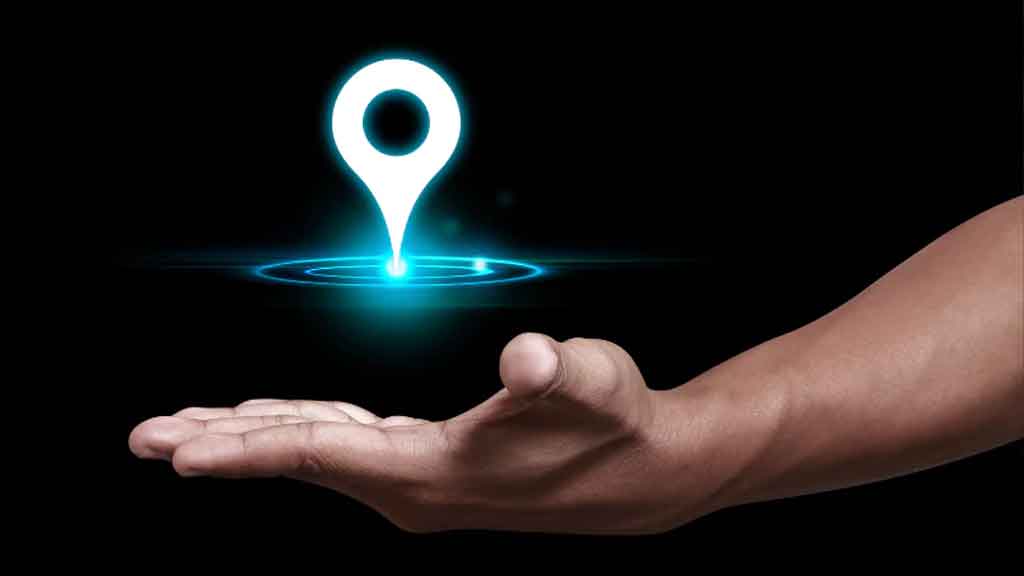
The future of phone tracking technology is probably going to be characterized by increased accuracy, comfort, and joining with different advances.
Here are a portion of the trends that are expected to shape the future of phone tracking innovation:
• Improved accuracy: Phone tracking innovation is becoming progressively exact, thanks to the development of innovations like GPS and cell triangulation. This implies that organizations and people will be able to track the area of their phones with greater precision, which can be used for different purposes, for example, fleet management, asset tracking, and personal safety.
• Convenience: Phone tracking innovation is also becoming more helpful to use. For example, there are currently various tracking applications that allow clients to follow their phones from their PCs or different devices. This makes it simple to monitor a phone’s area, regardless of whether it is lost or stolen.
• Integration with other technologies: Smartphone tracking innovation is also becoming to be more coordinated with different advancements, like AI (artificial intelligence) and the Internet of Things (IoT). This implies that organizations and people will want to use phone tracking information to acquire bits of knowledge about their activities and pursue better choices.
For instance, artificial intelligence can be used to analyze phone tracking data to distinguish trends and patterns. This data can then be used to further develop independent direction, for example, distinguishing regions where a business can further develop its client care or identifying potential risks to an individual’s security.
The IoT alludes to the organization of physical objects that are associated with the web. These objects can be tracked using phone tracking technology, which can be used to screen their condition and area. This data can then be used to further develop productivity and safety, for example, tracking the state of a vehicle’s engine or tracking the area of a child’s school bus.
The future of phone tracking innovation is probably going to be shaped by these different patterns. As innovation keeps on advancing, we hope to see much more innovative and valuable applications for phone tracking.
Here are a portion of the potential benefits of the future of smartphone tracking technology:
• Improved safety: Phone tracking can be used to further develop safety by tracking the location of individuals and objects. This can be used to prevent mishaps, find lost or stolen things, and track the location of kids or other weak individuals.
• Increased efficiency: Phone tracking can be used to further develop effectiveness by tracking the location of vehicles, resources, and other equipment. This can be used to advance courses, monitor performance, and prevent theft.
• Enhanced decision-making: Phone tracking can be used to improve direction by providing businesses and people with experiences in their activities. This data can be used to distinguish regions where upgrades can be made, for example, reducing expenses or further developing customer service.
FAQs
1. Might I at any point use an old phone as a GPS device?
To be sure, you can use an old mobile as a GPS device. Regardless, there are two or three things to recall:
• The battery duration of an old cell phone may not be essentially as great as it used to be, so you should keep it charged routinely.
• You may have to introduce a tracking application on the old cell phone.
• The old cell phone might not have the latest GPS innovation, so its tracking accuracy may not be as great as a newer device.
2. What are the upsides of using an old mobile as a GPS device?
There are several benefits to using an old smartphone as a GPS tracking device:
• It is a free or low-cost option.
• It is not difficult to set up.
• You can use it to follow the location of your belongings or friends and family.
3. What are the drawbacks of using an old cell phone as a GPS tracking device?
There are a couple of downsides to using an old cell phone as a GPS-tracking device:
• The battery duration may not be pretty much as great as it used to be.
• The GPS technology may not be essentially as precise as a more current device.
• The old cell phone may not be viable with the latest tracking applications.
4. How would I set up an old cell phone as a GPS-tracking device?
To set up an old cell phone as a GPS tracking device, you should do the following:
1. Install a tracking application on the old cell phone. There are various tracking applications available, so you can pick one that meets your issues.
2. Create a record for the tracking application and sign into the application on the old cell phone.
3. Follow the guidelines in the tracking application to set up the device. This might include giving the application permission to get to the cell phone’s location services.
5. How would I track the location of an old cell phone?
Whenever you have set up the old cell phone as a GPS tracking device, you can follow its area using the tracking application. To do this, open the following application and sign into your record. The application will then show you the area of the old phone on a map.
6. How long might I at any point use an old smartphone as a GPS tracking device?
How long you can involve an old cell as a GPS device will rely on the battery term of the cell phone and the frequency with which you use it. However, you can hope to get two or three extended periods of tracking time from a completely charged old cell phone.
